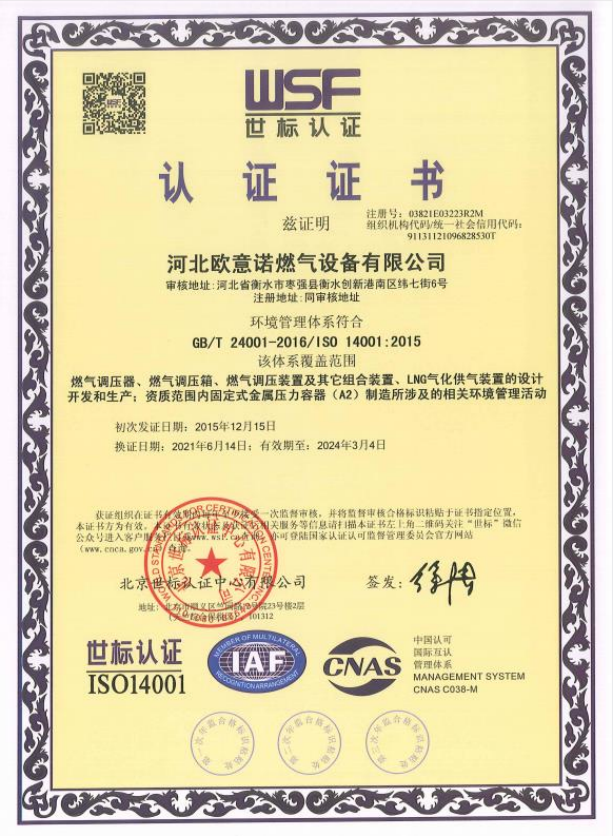
Dec . 14, 2024 22:52
Back to list
Innovative Solutions for Efficient Power Generation and Management Systems
Understanding the Gasification Device A Clean Energy Solution
Gasification has emerged as a transformative technology in the field of renewable energy, paving the way for efficient conversion of organic materials into cleaner fuels. The gasification device plays a crucial role in this process, enabling industries and municipalities to turn waste into valuable energy resources. This article explores the fundamental principles, benefits, and applications of gasification technology, highlighting its potential in addressing global energy challenges.
What Is Gasification?
Gasification is a thermochemical process that converts carbon-based materials — such as biomass, coal, or municipal solid waste — into syngas, a mixture of hydrogen, carbon monoxide, and other hydrocarbons. This conversion occurs in a controlled environment with limited oxygen, enabling the breakdown of organic materials at high temperatures (typically 700-1,400 degrees Celsius). The resultant syngas can be utilized for electricity generation, as a feedstock for chemical production, or further processed into liquid fuels.
The Gasification Device
At the heart of the gasification process is the gasification device, often referred to as a gasifier. These devices come in various designs, including fixed-bed, fluidized-bed, and entrained-flow gasifiers, each suited for different feedstock types and scales of operation.
1. Fixed-Bed Gasifiers involve a stationary bed of biomass or other feedstock where the gasification process occurs. They are simple to operate and suitable for small-scale applications. 2. Fluidized-Bed Gasifiers use a bed of sand or other particulates that are kept in suspension by the upward flow of gasifying agents. This design enhances heat transfer and can handle a variety of feedstocks. 3. Entrained-Flow Gasifiers operate at high pressures and temperatures, making them suitable for large-scale operations and feedstocks with lower moisture content.
Each of these gasifiers plays a vital role in ensuring efficient and effective conversion of feedstock into syngas, ultimately serving various energy needs.
Advantages of Gasification Technology
.
1. Waste Management Gasification offers an innovative solution for waste disposal. By converting waste materials into energy, it reduces the volume of waste sent to landfills, thereby mitigating environmental pollution.
جهاز التغويز

2. Renewable Energy Source Gasification can utilize renewable feedstocks like agricultural residues, forestry waste, and even organic municipal waste, contributing to a sustainable energy future.
3. Reduced Greenhouse Gas Emissions When compared to conventional fossil fuel combustion, gasification emits significantly lower levels of carbon dioxide and other harmful pollutants, making it an attractive option for generating clean energy.
4. Energy Independence By harnessing local resources for energy production, gasification can reduce dependency on fossil fuels and enhance energy security for nations.
5. Versatility The syngas produced from gasification can be used in various applications, including electricity generation, heating, and the production of chemicals and fuels. This flexibility makes gasification a highly adaptable technology to meet diverse energy demands.
Applications of Gasification
Gasification technology has a wide range of applications across different sectors
- Power Generation Gasification systems can be integrated into power plants, where syngas is burned to produce electricity with reduced emissions. - Transportation Fuels The syngas can be converted into synthetic natural gas or liquid fuels like methanol and diesel through chemical processes. - Chemical Production Gasification provides a pathway for producing high-value chemicals, such as hydrogen, ammonia for fertilizers, and various petrochemicals.
- Industrial Heating Industries can utilize syngas for process heating, enhancing energy efficiency while reducing reliance on fossil fuels.
Conclusion
The gasification device represents an innovative technology that has the potential to revolutionize energy production. By converting waste into syngas, it offers a sustainable, efficient, and clean alternative to traditional fossil fuel sources. As global energy demands continue to rise, investing in gasification technology can play a significant role in achieving energy sustainability, reducing environmental impact, and fostering a circular economy. By embracing this technology, communities and industries can pave the way for a cleaner, greener future.
Next:
Latest news
-
Safety Valve Spring-Loaded Design Overpressure ProtectionNewsJul.25,2025
-
Precision Voltage Regulator AC5 Accuracy Grade PerformanceNewsJul.25,2025
-
Natural Gas Pressure Regulating Skid Industrial Pipeline ApplicationsNewsJul.25,2025
-
Natural Gas Filter Stainless Steel Mesh Element DesignNewsJul.25,2025
-
Gas Pressure Regulator Valve Direct-Acting Spring-Loaded DesignNewsJul.25,2025
-
Decompression Equipment Multi-Stage Heat Exchange System DesignNewsJul.25,2025

